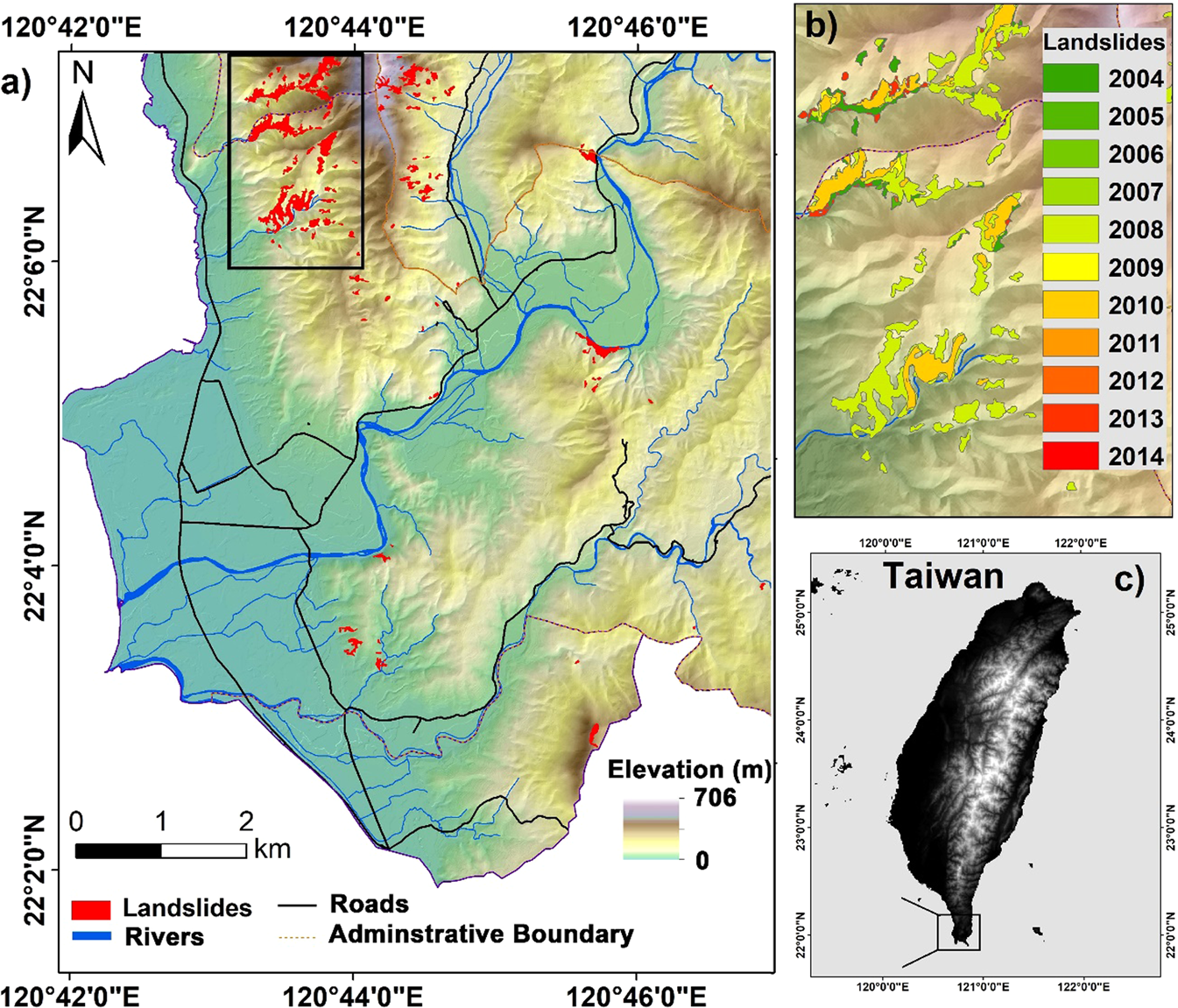

“Dean (1997) states that the use of TIN models eliminate the inconsistencies in lines of sight derived from grid based DEMs. Esri’s 3D Analyst can be used to perform LOS calculations on TINs. The body of research I found indicate Line of Sight (LOS) calculations to be more accurate when conducted using Triangular Irregular Networks (TIN) rather than DEMs (Dean, 1997).
#Arcgis cross section tool from contour lines software#
My graduate thesis in Geography was on the accuracy of the viewshed algorithm using in Esri software (A VIEWSHED ACCURACY ASSESSMENT: COMPARISON OF FIELD-DERIVED AND COMPUTER-DERIVED VIEWSHEDS, Sims, 2010). Nice article, visibility is an specific area of interest for me.

Creating Line of Sight Using ArcGISĭoing a line of sight analysis in ArcGIS requires the extension 3D Analyst.

Line of sight analysis showing the obstructed (red) and visible (green) points across a terrain. In law enforcement, line of sight analysis can be used to canvas a crime scene to search for witnesses. For military purposes, line of sight is used to understand optimal positions for battle. The telecommunications industry uses visibility analysis to best site cell phone tower locations which need to have an unobstructed view of other cell phone towers for transmission purposes. For example, a developer may use line of sight to determine the best place to site a house on a hillside in order to create the best view of the ocean. Line of sight is an important analysis tool in many fields. Line of sight is used to understand the visible and obstructed (non visible) points in terrain which contains significant changes in elevation (in the form of mountains/hills and valleys). Visibility analysis is a spatial analysis of the portions of a line that are visible as opposed to not visible from a starting point. Line of sight in GIS is a phrase used to described the unimpeded view or access from one point to another point across a terrain or surface.


 0 kommentar(er)
0 kommentar(er)
